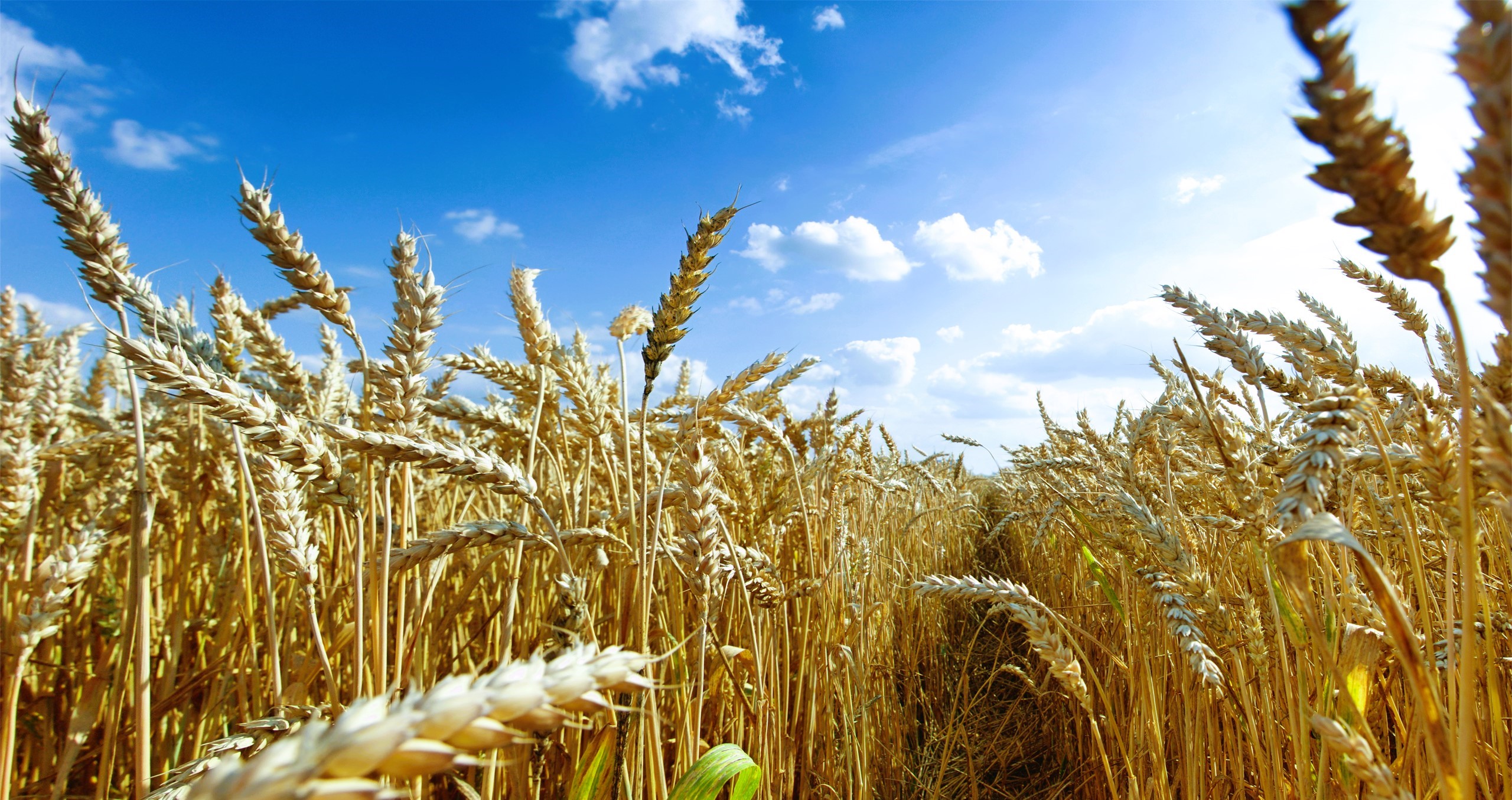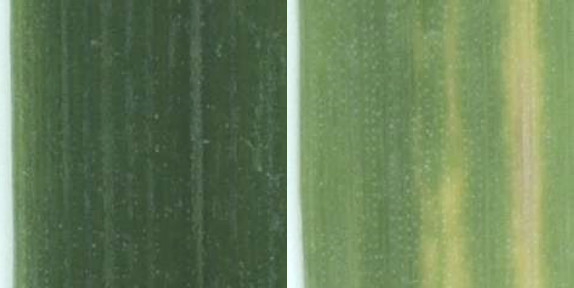
Sciences & Technology
Food to fight hidden hunger

New research finds that the gene that protects wheat from Wheat Yellow Mosaic Virus originated in an ancient wild relative
Published 7 March 2023
Without disease, wheat is a remarkably productive crop that has been a dietary staple in many regions and cultures for more than 20,000 years.
The Wheat Yellow Mosaic Virus (known as WYMV) is a disease that frequently devastates wheat crops across the Americas, Asia, Europe and Africa.

This means that there’s a high demand for wheat varieties or cultivars that can resist the virus.
The DNA of modern wheat is complex and chimeric, meaning its genetic material derives from several ancestral plants through natural interbreeding, or hybridisation, followed by selective breeding by humans.
Our research has now identified the DNA sequence of the gene that protects wheat from WYMV, providing vital clues to the disease resistance mechanism and its ancient origins in wild grasses.

Sciences & Technology
Food to fight hidden hunger
Our discovery, published in the journal PNAS, aims to help with the development of more resistant wheat cultivars, increase crop yields and reduce the use of harmful fungicides – while also emphasising the need to preserve biodiversity to protect food supplies.
WYMV discolours wheat leaves in a mosaic pattern, stunts the plant’s growth and can reduce grain yield by up to 80 per cent, causing significant economic losses.
The virus is hosted and transmitted by a soil-dwelling parasite – a microscopic fungus called Polymyxa graminus – that colonises the roots of wheat plants.
Fungal spores containing WYMV can live in soil for up to a decade.

While fungicides can kill the fungus and stop transmission, treating soil this way isn’t cost-effective or ecologically sustainable. The only viable alternative is to selectively breed or genetically engineer wheat with resistance to WYMV.
Madsen is a wheat cultivar released in 1988 that’s highly resistant to WYMV – thanks to two dominant genes called Ym1 and Ym2.

Sciences & Technology
Smaller plants show promise for future food crops
However, we didn’t know much about these genes or have a strong understanding of why the cultivar had such strong disease resistance.
Wheat with only one of Ym1 or Ym2 imperfectly resists WYMV infection from soil, while plants with both genes show complete resistance.
Our study showed that neither gene prevents the fungus colonising roots, so we then hypothesised that the genes may hinder the movement of the virus from the fungus into the root, hinder its movement from the root to the shoot, suppress viral replication in the root, or some combination of these.
One of the ways we tested this theory was to inject the virus directly into leaves.
Our team found that plants with Ym1 showed a reduced incidence of WYMV infection, but Ym2 plants did not. This meant – unusually for disease resistance genes in plants – that Ym2 acts specifically in the roots.

Before this study, all we knew about Ym2 was that it is a single gene following Mendelian inheritance, located on the long arm of chromosome 2D in bread wheat, and that it reduces the impact of WYMV on plants by more than 70 per cent.
We used a technique called positional cloning to ‘zoom in’ on the Ym2 gene’s location on the chromosome in bread wheat (Triticum aestivum).
Positional cloning helps when the molecular function of a gene is not yet understood – in other words, we don’t know what protein the gene encodes or what it does.
Once we have the gene location and sequence, we can then predict the encoded protein’s form to understand its molecular function – in this case, we wanted to know its resistance mechanism.

Business & Economics
The cascading crisis of global food supply chains
When we located the Ym2 gene, our team found that its DNA sequence codes for a protein of the type NBS-LRR – this means it has a nucleotide-binding site (NBS) and a domain of leucine-rich repeats (LRR).
NBS-LRR proteins are among the most common proteins in plants – they are the ‘guardians’ that detect pathogens and trigger the plant’s immune response.
To confirm this, we tested the viral response of plants carrying the Ym2 gene (or versions of the gene with different mutations in their DNA sequence) that encode the variants of the NBS-LRR protein.
The disease response varied with different versions of the protein which confirmed that the function of the Ym2 gene and its protein is to provide WYMV resistance.
Knowing the Ym2 gene sequence enables us to select breeding lines carrying Ym2 by analysing DNA from a leaf. Previously, we could only detect Ym2 by growing plants in WYMV-infested soil.
Additionally, this study opens a window for discovering variants of Ym2 in wild relatives of wheat that may provide superior resistance.

The DNA sequences across related species suggest that Ym2 in modern bread wheat derives from an ancient wild plant called Aegilops sharonensis, native to eastern Mediterranean countries.
There’s a similar gene in Aegilops speltoides, another wild ancestor of bread wheat.
Structural diversity in Ym2 has been generated via DNA translocation and recombination between these homologous genes. These wild species would have interbred with cultivated wheat at some point and passed on the resistant gene that has now become so commercially important.

Sciences & Technology
A question of quinoa
As well as identifying how this viral resistance works, our research emphasises the importance of preserving biodiversity to ensure the future security of our food supplies.
Ancestral wild plants are a rich source of useful traits (like disease resistance) that plant breeders and geneticists can mine to protect modern crops and maintain a healthy food supply – like the bread, pasta, noodles, couscous, pastries, cakes and other wheat products that many of us not only depend upon, but enjoy.
Banner: Getty Images